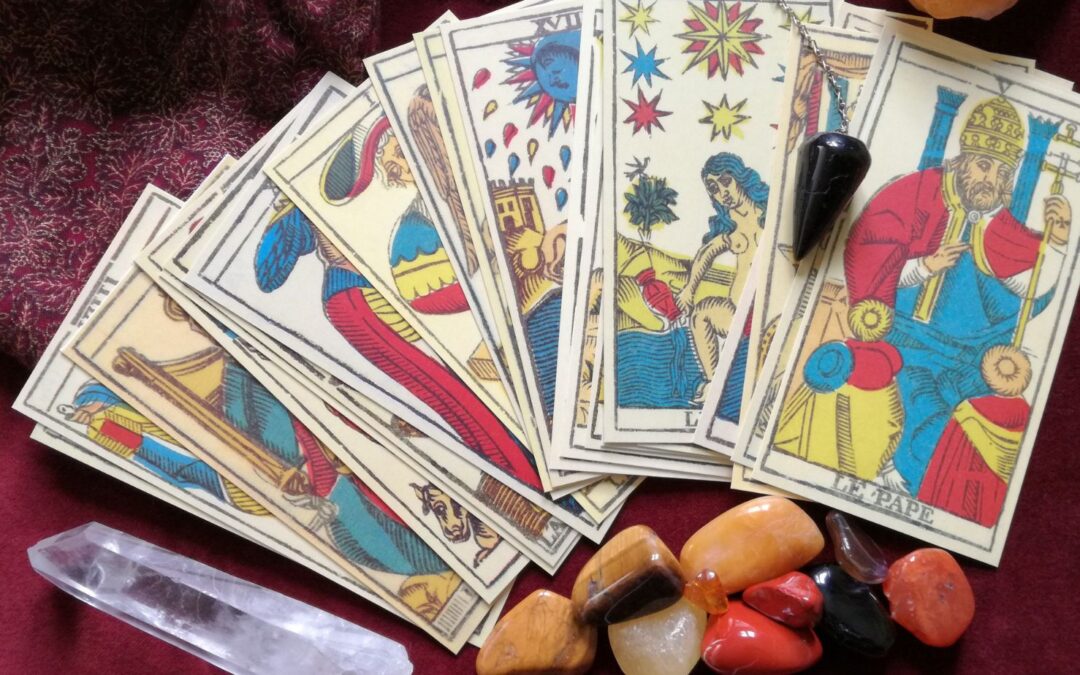The mysterious bond between art and intuition has fascinated humans for centuries, weaving a rich tapestry of creative expression that transcends the mundane and reaches into the profound.
At the heart of this enigmatic relationship lies the unspoken, the unseen, and the unquantifiable: the realm of psychic insights. These insights, often dismissed by the rigorously logical, play a pivotal role in the artistic process, guiding creators through unseen landscapes of imagination and emotion.
The Nature of Intuition in Art
- Intuitive Processes: At its core, intuition acts as an inner compass, directing artists through the labyrinth of their subconscious. It is a spontaneous, immediate understanding or knowledge that doesn’t stem from conscious reasoning. Artists often speak of moments when a piece “just feels right,” a testament to the intuitive decisions that shape the final work. This innate guidance system taps into a well of experiences, emotions, and memories, allowing for the creation of art that resonates on a deeply personal and universal level.
- The Role of the Subconscious: The subconscious mind is a vast reservoir of thoughts, feelings, and memories that are not active in our daily conscious awareness. For artists, tapping into this reservoir can be a source of profound inspiration. The act of creation often begins long before the brush touches the canvas, rooted in the subconscious synthesis of observed realities, imagined worlds, and felt emotions. In the deep recesses of the mind, intuition thrives, offering insights that are felt rather than thought, guiding the artist’s hand in ways that rational thought cannot.
Psychic Insights in Creative Decision-Making
- Spontaneous Inspiration: Psychic insights in art manifest as spontaneous bursts of inspiration, moments of clarity that cut through the noise of the conscious mind. These flashes of insight can dictate a sudden change in direction, introducing an unexpected element or the resolution of a lingering creative block. Such moments are pivotal, acting as catalysts that propel the work forward, infusing it with a vitality and authenticity that resonates with audiences.
- Guiding the Creative Journey: Creating art is fraught with uncertainties and choices without clear answers. Here, psychic insights serve as beacons, guiding artists through the fog of possibilities. Whether deciding on a color palette, the emotion a piece should evoke, or the message it aims to convey, these inner guidances help make choices that align with the work’s deeper purpose and meaning. This intuitive guidance often distinguishes great art from the merely good, imbuing it with a sense of inevitability and truth.
Intuition and Technique: A Harmonious Balance
- The Interplay Between Skill and Insight: While intuition guides the emotional and conceptual aspects of art, the technique provides the means to bring these visions to life. The relationship between the two is not competitive but complementary. Mastery of technique allows artists to translate their intuitive insights into tangible forms with greater fidelity. Conversely, intuition can inspire techniques to be used innovatively, pushing boundaries and exploring new territories.

- Developing Intuitive Skills: Artists can cultivate intuitive skills through practices that enhance self-awareness and open-mindedness. Techniques such as meditation, mindfulness, and even dream journaling can heighten one’s sensitivity to the whispers of intuition. Furthermore, engaging in regular creative exercises without a predefined goal allows artists to explore their intuitive impulses freely, building a bridge between their subconscious insights and their conscious creative process.
Developing Intuitive Skills
Artists can cultivate their intuitive skills through practices that enhance self-awareness and open-mindedness. Techniques such as meditation, mindfulness, and even dream journaling can heighten one’s sensitivity to the whispers of intuition.
Furthermore, engaging in regular creative exercises without a predefined goal allows artists to explore their intuitive impulses freely, building a bridge between their subconscious insights and their conscious creative process. In this exploration, some artists might seek external sources of insight and affirmation to complement their personal and reflective practices.
For instance, a California Psychics review could provide an interesting perspective on how psychic insights are perceived and valued in different contexts, offering artists another lens through which to view and understand their own intuitive experiences. Such external insights can serve as both inspiration and confirmation, enriching the artist’s journey into intuition and psychic awareness.
Case Studies: Intuition at Work
- Historical Examples: Throughout history, numerous artists have credited intuition with playing a crucial role in their creative processes. Whether it was the surrealists, who sought to unlock the creative potential of the unconscious mind, or abstract expressionists, who prioritized spontaneous, automatic techniques to express their inner worlds, intuition has always been a central driving force behind artistic innovation.
- Contemporary Practices: In today’s art world, the integration of intuition and psychic insights continues to evolve, with artists employing various methods to tap into their inner guidance. Some may use automatic drawing to bypass the conscious mind, while others might turn to nature or music to stimulate their intuitive faculties. These practices underscore intuition’s diverse ways to influence and enrich the creative process.
Conclusion
The dance between art and intuition is a testament to the human capacity for transcending the visible, the logical, and the immediate. It’s a reminder that within each of us lies a deeper well of knowledge and understanding, accessible not through rigorous analysis but through the gentle whispers of our inner voice.

In the realm of creative expression, psychic insights serve as a guide and a muse, inspiring artists to explore beyond the boundaries of the known and into the vast landscapes of the imagination. By embracing and nurturing this intimate relationship, we unlock new possibilities for beauty, understanding, and connection in our increasingly complex world.

